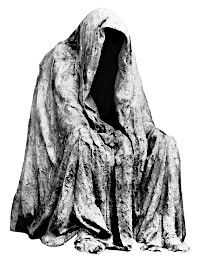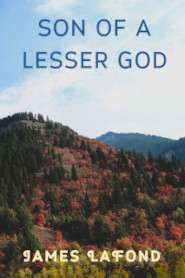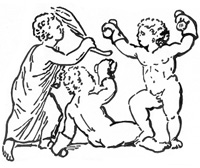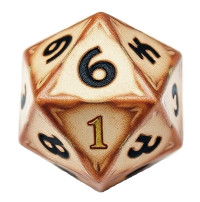“…men or women selected for sacrifice to their gods were thrown to their backs and of their own will stilled themselves perfectly for the rite. A priest then came with a stone [obsidian] knife [as other priests held the arms and legs] and with the knife opened the place where the heart is and took out the heart, without the person who was being sacrificed saying a word…
“…[The Priests] were filthy, blackened and wasted and haggard in the face. They wore their hair very long, unkempt and matted and were lice-infested… At night they walked in procession like phantoms to the hills where they had their temples and idols and prayer houses.”
-Francis de Aguilar, 1560
Bernal and his companions and commanders had no way of knowing it, but their arrival was of momentous concern to the paranoid and superstitious beyond all modern conception, ruler of Mexico, Montezuma, who, even as he detailed local subordinates to discover what he could about the nature of the formidable strangers, would—as High Priest to the gods as well as temporal ruler of his people—have detailed priests to make specific sacrifices at locations and to the resident deities, relevant to the questions surrounding the appearance of these alien warriors. The corollary in the Western world would have been the Hellenes sending petitioners to Delphi for an interpretation of the Persian Invasion, or the Pope praying before the Altar of Christ concerning Attila’s pending invasion of Italy.
“As we sailed along the coast we sighted an island of white sand washed over by the sea, which lay some nine miles off the mainland. This we called White Island, and so it is marked on the charts to this day. Not far from this we sighted another island overgrown with trees. This lay about twelve miles from land and we named it Green Island. Sailing on, we saw yet another island, larger than the others and less than five miles from the mainland, and in front of it was a fair anchorage in which the General ordered us to drop anchor.
“As we saw smoke rising from this island, the boats were launched and Juan de Grijalva, with many of us soldiers [1] put ashore to inspect the island. We found two stone buildings of good workmanship, each with a flight of steps leading up to a type of altar, and on these altars were evil-looking idols, which were their gods [2]. Here we found five Indians who had been sacrificed to them on that very night [3]. Their chests had been struck open and their arms and thighs cut off [4], and the walls of these buildings were covered with blood. All this amazed us greatly, and we called the island Island of Sacrifices, as it is so named on the charts down to this day."
Notes
1. This marks Bernal as a man armed with sword, round shield and open-faced helmet, essentially a sergeant of an advance squad, which explains his frequent reporting duties in the last expedition, indicating he was charged with informing the senior captains and Commander as to casualties and enemy dispositions.
2. Just as Bernal would have argued to a protestant, that as a catholic, he did not worship the statue of the Virgin Mary, but simply used it as a symbol of veneration to focus his prayers and adorations, the Aztecs would have also argued, that they did not worship the stone idol, but what it represented.
3. Indicating a nighttime landing, leading the reader to conjecture that the anchorage was undertaken at or near sundown. Aztec warriors, rather than priests, would eat the arms and legs of sacrificial victims. The limbs had probably been spirited off by the priests in canoes even as the soldiers landed. No crossbowmen and musketeers were landed, further indication that this was a nighttime operation of a type that would not have been conducted on the mainland where superior forces might be encountered. Even as the soldiers inspected the grisly temples and then retired to the ships to await a morning anchorage across the narrows, this flesh would have been consecrated and prepared for the consumption of warriors, most likely warriors being ritually prepared to test the martial abilities of the strangers. With a dense population and animal protein limited to farm-raised fish, turkeys, Chihuahua [toy dogs bread for food] and the occasional wild deer, the millions strong population of Central Mexico had a protein-poor diet. And, more importantly, the protein they did derive from beans and the limited flesh supply, was low in essential fats. If not for the avocado this would have been more debilitating than it was in terms of raising strong, aggressive warriors. Human sacrifice, therefore, fed the warrior class—largely eating enemy warriors—on the limbs [as a food animal bipedal anatomy makes the limbs the chief source of nutrition when dining upon humans] of captured warriors, and secondarily on the bodies of the lower classes.











